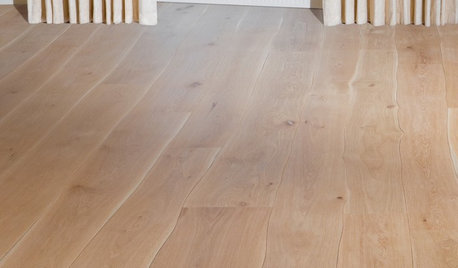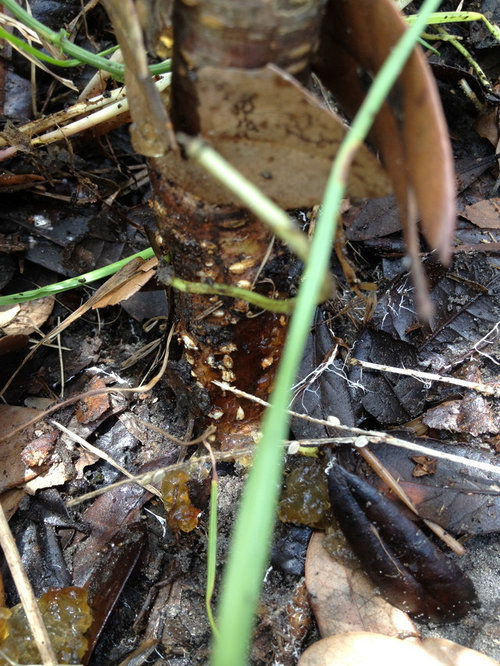Dying Peach Trees!
gatorguy1885
11 years ago
Related Stories

EDIBLE GARDENSHow to Grow Your Own Peaches and Nectarines
Make gardening a little sweeter with these juicy fruits, which you can eat after plucking or preserve for later
Full Story
HOUZZ TOURSHouzz Tour: Georgia Peach Grows California Roots
Southern Glamour and Bay Views Combine in Lush San Francisco Home
Full Story
EDIBLE GARDENSHow to Grow 10 Favorite Fruit Trees at Home
Plant a mini orchard in fall, winter or early spring to enjoy fresh-off-the-tree fruit the following year
Full Story
FARM YOUR YARDIf You Have Room for Only One Fruit Tree ...
Juice up a small garden with one of these easier-care or worth-the-effort fruit trees for a mild climate
Full Story
GARDENING GUIDESTree Care: Common Tree Diseases and What to Do About Them
Learn to recognize trees that may be affected by diseases or pests so you can quickly take action
Full Story
GARDENING GUIDESHow to Keep Your Trees Healthy
Ensure your trees’ vigor for years to come with these tips for protecting roots, watering effectively and more
Full Story
EDIBLE GARDENSGrow Plum Hybrids for Your Favorite Fruit Flavors
Plums are cozying up with apricots, peaches and even cherries — here’s how to grow these hybrids for the best aspects of each
Full Story
GARDENING AND LANDSCAPINGCrazy for Fruit Trees
Whether a single citrus or a mini apple orchard, even the smallest landscape space can bear deliriously delicious fruit
Full Story
REMODELING GUIDES5 Innovative Wood Floors
Natural Forms? Wine Barrels? Peach Pits? Take a Look at Some New Ideas for a Warm Wood Floor
Full Story
GARDENING GUIDESHow to Keep Your Citrus Trees Well Fed and Healthy
Ripe for some citrus fertilizer know-how? This mini guide will help your lemon, orange and grapefruit trees flourish
Full StoryMore Discussions









gatorguy1885Original Author
gatorguy1885Original Author
Related Professionals
Saint Louis Park Landscape Architects & Landscape Designers · Mount Wilson Landscape Architects & Landscape Designers · Chattanooga Landscape Contractors · Duarte Landscape Contractors · Golden Gate Landscape Contractors · Mission Bend Landscape Contractors · Oak Harbor Landscape Contractors · Palatine Landscape Contractors · Pleasant Hill Landscape Contractors · Riverview Landscape Contractors · Salem Landscape Contractors · Smyrna Landscape Contractors · St. Louis Landscape Contractors · Maple Heights Landscape Contractors · Suisun City Landscape Contractorsmrsg47
john222-gg
gatorguy1885Original Author
gator_rider2
mrsg47
spartan-apple
olpea
gatorguy1885Original Author
Scott F Smith
gatorguy1885Original Author
gardeninhabitant
gatorguy1885Original Author
fruitnut Z7 4500ft SW TX
Scott F Smith
woodlands73
dgreenhouse2014
mamuang_gw
alan haigh
olpea